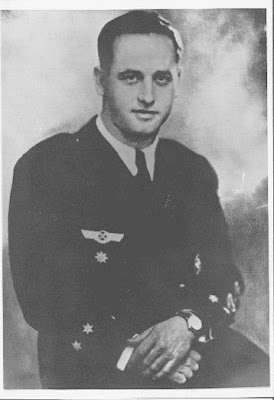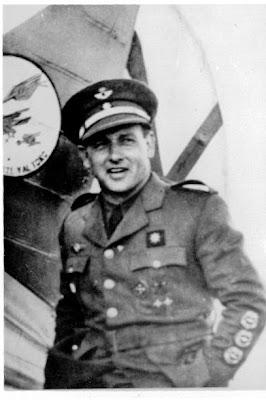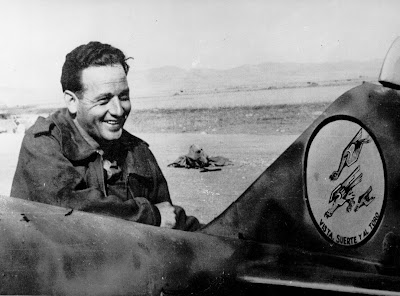The "CASA C-212 Aviocar" today Airbus C212 is a high wing, twin-engine STOL (short takeoff and landing) totally metallic, with a non-retractable tricycle landing gear. The multi-purpose transport aircraft was produced by the Spanish manufacturer CASA, Construcciones Aeronáuticas SA, today part of EADS CASA (
Airbus Military ). Designde to repace th Douglas DC-3 Dakota and the CASA C-352 (Junkers Ju-52 "Tante Ju").
The first commercial version designed in 1971 was delivered three years later.
The C-212 "Aviocar" can stage from areas lacking in infrastructure and from unpaved runways, with capabilities that include high manoeuvrability at low speeds, STOL (short takeoff and landing) performance, and a rugged landing gear.
The C-212´s "Aviocar" ample and unobstructed cargo cabin with high floor strength can quickly be adapted for a variety of roles, including maritime patrol, cargo transport and medical evacuation. The aircraft’s rear ramp door allows for rapid loading/unloading of a mission pallet, and it can be opened in flight for paratroop dropping or aerial delivery of cargo and supplies.
Upgraded avionics have modernised the cockpit, including the introduction of four EFIS (electronic flight instrument system) displays, offering improved reliability and maintainability.
Powered by two Allied Signal TPE-331-12JR-701C turboprop engines, the C-212 has a maximum takeoff weight of 8,100 kg. and carries a maximum payload of up to 2,950kg/6170 lb, cargo volume 22m3/777ft3 – depending on the configuration.
The CASA C-212 is highly regarded for its utility in underdeveloped regions. Today more than 92 military, government and civilian operators in 42 countries including United States of America, Canada, Nicaragua, Panama, Paraguay, Venezuela, Mexico, Nicaragua, Panama, and Paraguay fly this magnificent aircraft.
The CASA C-212-300 series, in production from 1984 to 1988, and the CASA C-212-400 from 1988 up, is commonly used for military, police, ecological, scientific and aerial photography missions.
This multi-purpose, robust and powerful transport aircraft carries 24 passengers and 2 crew members, reaches a speed of 385 kilometers/hour (208 knots) with a range of 1,433 kilometers (915 nm) and has a maximum take off weight and maximum landing weight of 8,100 kilograms (about 17,850 pounds), max. operating altitude is 7620 m/25000 ft.
In addition to its primary role as transport aircraft, the C212 has also been widely accepted as an ideal platform to conduct special missions and applications. The C212 is currently in operation performing: flight calibration, maritime surveillance, aerial photographay, geophysical survey, Antarctic resupply on skis, antipollution work, and cloud-seeding.
Even with its compact size, the C-212 can be equipped with the Airbus Military-developed Fully Integrated Tactical System (FITS), which serves as the basic core of an airborne mission/weapon system for maritime surveillance, anti-submarine warfare, homeland security and other applications.
Its sound handling qualities give the highest levels of manoeuvrability at very low altitudes close to the ground without compromising the safety of the crew and passengers.
In service for 40 years, more than 475 planes have accumulated more than 4 million flight hours.
In 2011, Airbus Military bought Construcciones Aeronautics SA and
continued production of the C-212, also license-built in Indonesia as the NC-212.
http://www.defensa.gob.es
/http://www.airbusmilitary.com/Tactical/TactC212.aspx
http://www.airbus.com/aircraftfamilies/military-aircraft/c-212/








